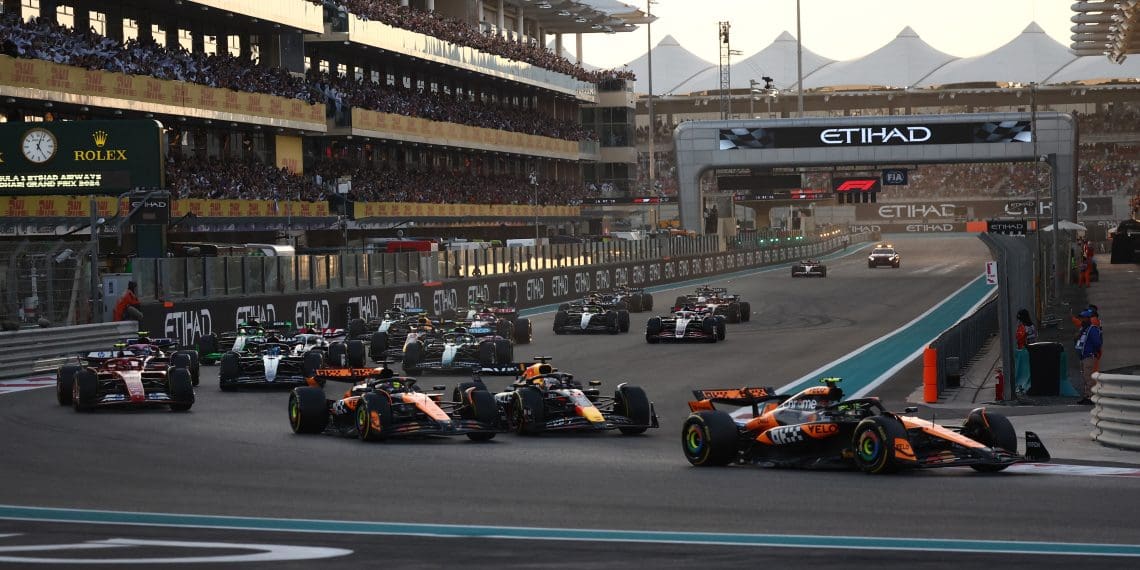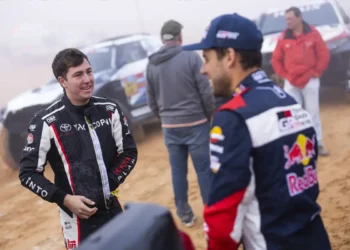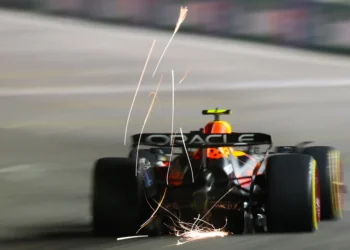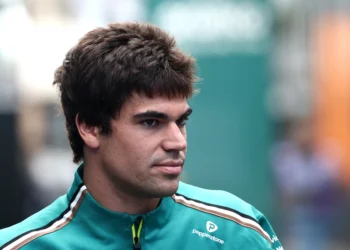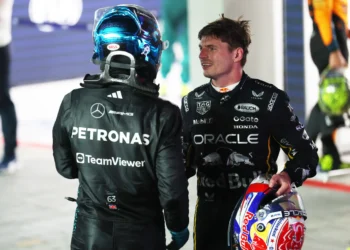As Formula 1 hurtles towards the 2025 season, fans and teams are bracing for what could be one of the most tightly contested championships in years. With Red Bull, McLaren, Ferrari, and Mercedes all evenly matched after a thrilling end to 2024, there’s every reason to expect fireworks at the front. But beneath the surface lies a growing issue that threatens to derail the spectacle: the sport’s dirty air crisis.
The once-celebrated promise of closer racing brought by ground-effect cars in 2022 has steadily deteriorated, leaving drivers battling not just rivals but turbulent wakes, overheating tyres, and compromised downforce. The numbers paint a bleak picture: overtaking dropped to 788 passes in 2024, down from 858 in 2023, despite a longer calendar. This decline has sparked serious concerns about whether F1’s 2025 season will live up to its billing as a modern classic.
From Dream to Dilemma: The Evolution of Ground-Effect Cars
When F1 introduced the ground-effect regulations in 2022, the goal was clear: enable drivers to follow each other more closely and foster wheel-to-wheel battles. For a time, it worked. Drivers raved about the improved ability to trail competitors, and fans enjoyed a resurgence of on-track drama.
But over the past two seasons, teams have pushed aerodynamic development in directions that prioritize performance over raceability. Key areas like front wing endplates, floor edges, diffuser designs, and front wheel furniture have evolved to generate more downforce—but at the expense of cleaner air for trailing cars.
This has created a double-edged sword: cars are not only losing grip when following closely but also overheating their tyres, making sustained battles nearly impossible.
Drivers Speak Out: “It’s Like Driving Through a Storm”
The growing frustration among drivers has been palpable. From losing downforce to struggling with overheated tyres, many have voiced their concerns about the current state of racing.
In Abu Dhabi’s season finale, Oscar Piastri’s wild moment behind Yuki Tsunoda highlighted just how treacherous turbulent air has become. “It’s like driving through a storm,” one driver lamented after the race.
The data backs this up: overtakes per race dropped to 32.8 in 2024, compared to 39 in 2023. When adjusted for consistent races over the past three seasons, the trend is even starker: 741 overtakes in 2022 fell to just 636 in 2024.
The FIA Admits Its Mistakes
Nikolas Tombazis, the FIA’s single-seater director, has acknowledged the shortcomings in the current regulations. “We believe that specific areas of the car were not as tightly regulated as they should have been,” he said, pointing to loopholes that allowed teams to develop wake-inducing components.
The FIA is now focused on learning from these mistakes, with promises of a better wake performance under the 2026 regulations. New concepts like the flow board, designed to mitigate front wheel wake, are expected to vastly improve the situation.
Will 2025 Deliver the Action Fans Crave?
While optimism abounds for a tightly contested 2025 championship, the dirty air problem could overshadow the spectacle. Teams are unlikely to back off on wake-inducing developments, and even improvements in tyre compounds for 2025 are unlikely to fully offset the challenges.
Pirelli’s head of F1, Mario Isola, emphasized the balance required: “If we reduce degradation too much, everyone can push, but strategies become one-dimensional. Unfortunately, the leader benefits more in free air, making it even harder for cars behind.”
A Glimmer of Hope for 2026
While the prospects for 2025 remain uncertain, the FIA is doubling down on ensuring the next era of F1 delivers on its promise. The 2026 regulations aim to close loopholes and create cars that generate far less turbulent air, potentially bringing the sport closer to its vision of intense, wheel-to-wheel racing.
As Tombazis summed up: “We believe the 2026 cars will be significantly better in the wake, and even surpass the 2022 levels when these regulations first came in.”
The Clock Is Ticking
With the 2025 season fast approaching, the stakes couldn’t be higher. Will F1’s top teams deliver a season for the ages, or will the dirty air dilemma rob fans of the breathtaking battles they crave? One thing is certain: the fight for the championship might not be the only battle F1 faces this year.

